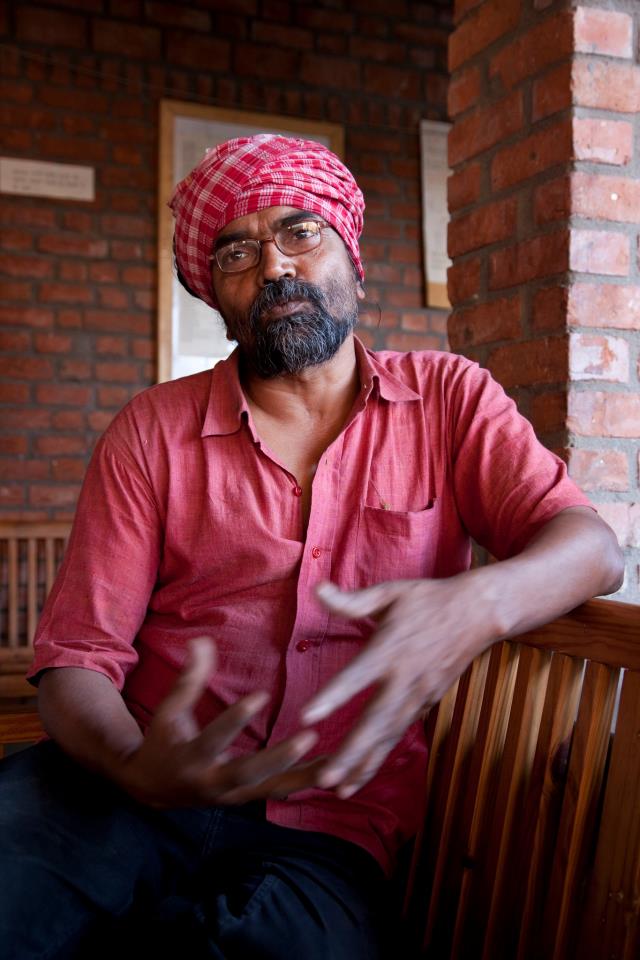AFTER THE GAS
Sathyu Sarangi is a metallurgical engineer who on hearing news of the gas disaster, dropped everything he was doing and came to Bhopal to help for a week. Nearly three decades later he is still there.
In this article, serialised obver the coming days, he tells what it was like to arrive the day after the disaster, how from day one, he saw efforts to help the survivors being obstructed by Union Carbide and the state government, how the spirit of resistance spread among the survivors, and how many battles begun three decades ago in the aftermath of catastrophe still continue to this day.
When I arrived in Bhopal soon after the disaster, I was unprepared. Rushing to the city from the town four hours away where I worked in an NGO, I had very little information (the news on the government radio station had drastically downplayed the tragedy), almost no local contacts and only a hundred-odd rupees in my pocket. I had only a few clothes. I didn’t think I’d be staying in the city for much more than a week, helping out with emergency relief.
The day after the gas leak, the train to Bhopal was nearly empty. The few people on it seemed to know little of what had actually happened at our destination. The magnitude of the disaster was not realised at the time, some of the repercussions are still coming to light nearly 30 years later.
As I walked out of the station, I could see thousands of people in utter pain – their eyes swollen, tears streaming, huddling with family and friends. I saw some try to walk with unsteady steps, before falling down – whether unconscious or dead, I did not try to figure out. The station was just 1.5 kilometres from the Union Carbide plant, which was surrounded by densely populated communities that were badly affected by the leak.
The enormity of pain all around, and my helplessness to offer any kind of assistance, was numbing. I just stood at the station exit and stared. My head and hands finally began to work again when I saw hundreds of people helping the victims. Young and old, mostly men, from various social and religious organisations and many more unaffiliated, were busy caring for the survivors. A bus stop just outside the railway station had become a medical relief camp, where survivors could get milk, fruit, water and words of comfort. Medical supplies were limited to eye drops and antacids for the burning in the eyes and stomach, and tablets for breathlessness. These were little use, so most of the volunteers focused on lifting survivors to passing vehicles, to be taken to Hamidia Hospital. I joined them for a while, then went into one of the areas near the station. There, the situation was very much worse. Open a door at random, and you were apt to see an entire family sprawled on the floor – some unconscious, some groaning, few able to speak. I ran back to the main street and soon had more than 50 volunteers join me in carrying people from their homes and into passing vehicles. Not one of the drivers of cars, trucks or auto-rickshaws refused to take a suffering person to the hospital.
You can read the complete Bhopal Marathon publication online here



